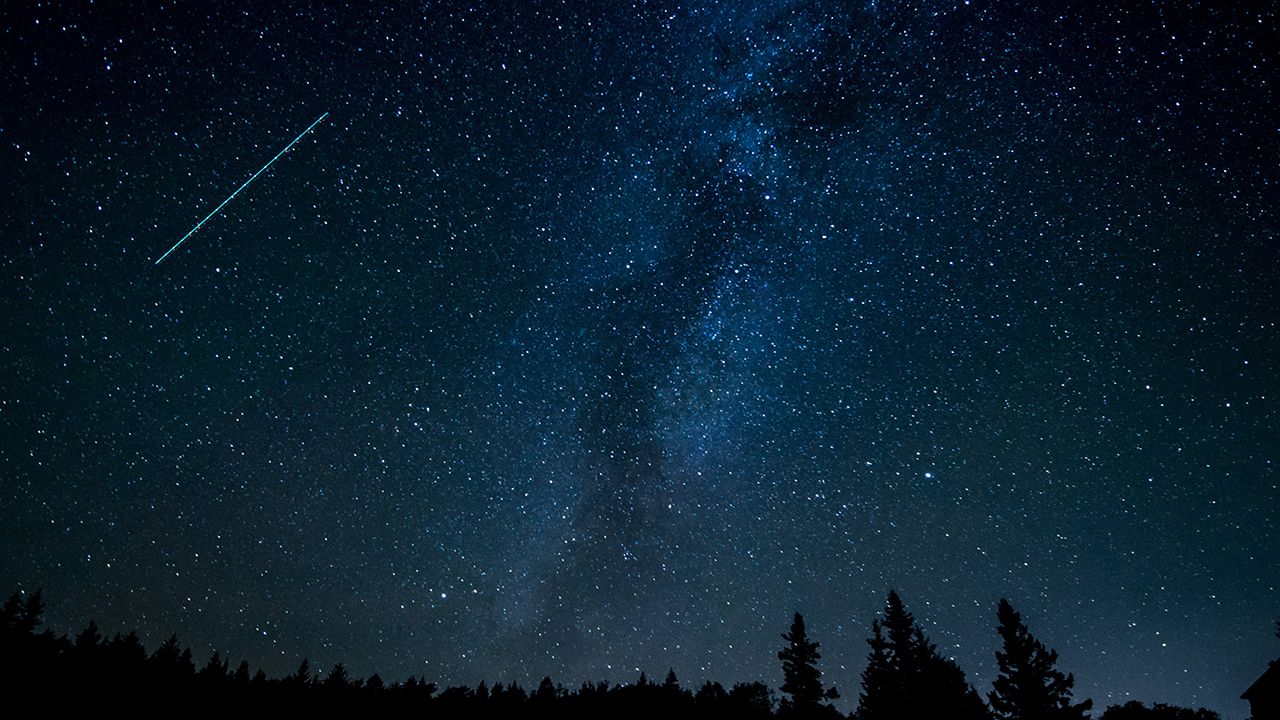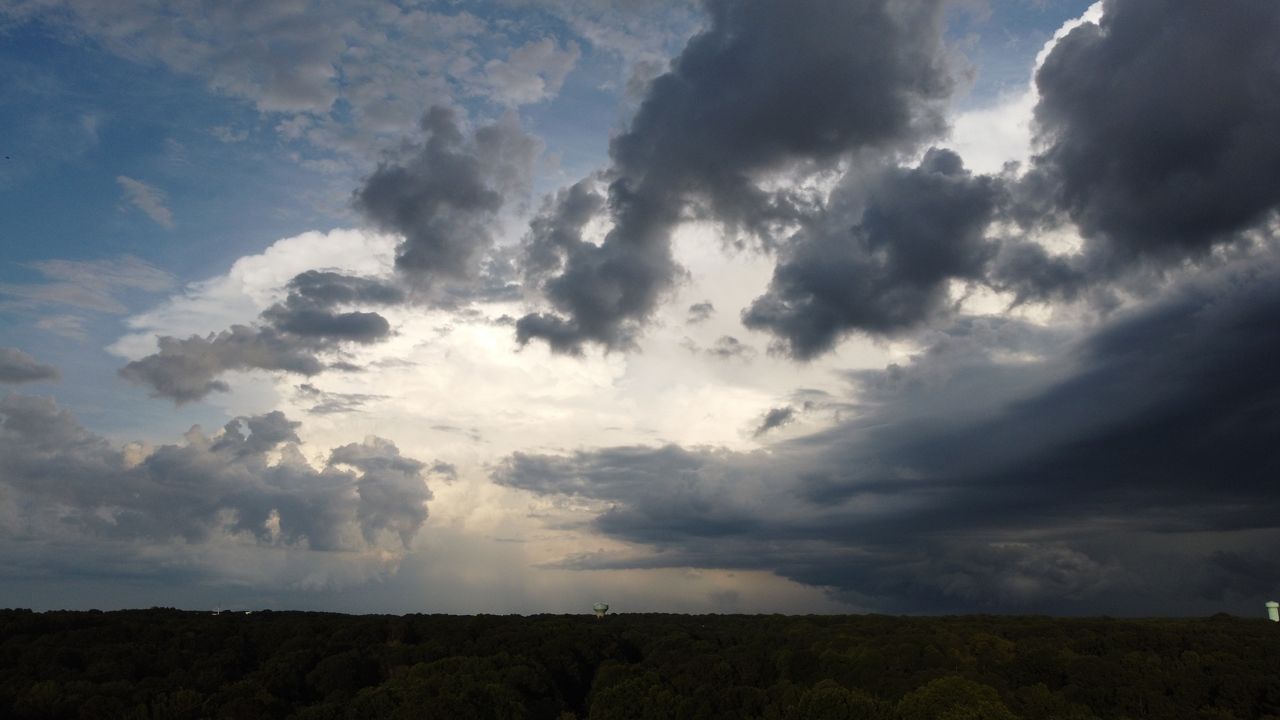Into the first weekend of fall, expect increasing clouds then rain chances for many by Sunday. "Cooler" weather might be in tow in the wake of this system.
What You Need To Know
- Increasing clouds Saturday with gusty winds possible
- Rain chances gradually increase this weekend
- A slight cooling is possible behind this front
An area of disturbed weather over the western United States will move east this weekend, moving over the Texas Panhandle by late Saturday.
Showers and thunderstorms will range through the northern half of the state as this system pulls through. For now, coverage looks to be scattered in nature.
There is an chance that is could push a surface cold front into the Hill Country as soon as Sunday and bring isolated storm chances in.
Overall this feature could help to flatten the ridging in place and bring slightly cooler temperatures and perhaps some increased rain chances to the I-35 corridor by early next week.


There is nothing quite like enjoying a calm, starlit night. Provided there are few to no clouds around, many marvel at the infinite number of stars and planets dotting the pitch black sky, most which are several light years away.
Almost anywhere across Texas offers great nighttime views, but a few places stand out from the rest.
Pro tips for star gazers
Weather permitting, of course, the most suitable locations to stargaze include areas with minimal obstructions of the sky and have little to no light pollution. This rules out any places inside or within proximity to our bustling cities.
That said, it is also better to wait until after midnight or the predawn hours when it is the darkest.
Astronomers also advise that you plan your trip in the days right before, during and after the new moon. Believe it or not, the brightness of the full moon alone can sometimes be enough to limit views regardless of where you are.
Best places to gaze in Texas
Everything is bigger in Texas, and that holds true for its night sky views. In fact, some of the country's darkest skies are in the Lone Star State.
Big Bend National Park is beautiful both by day and night. Considered the darkest national park in the Lower 48, the park is far away from any of the state's major cities. Thus, it makes sense the park makes the list of top stargazing spots in the U.S.
With that, it's no surprise Big Bend is recognized as a Dark-Sky Park by the International Dark-Sky Association (IDA).
Still not dark enough? Just to the west, Big Bend Ranch State Park provides even darker skies, allowing its visitors to see even more stars illuminate the night sky.
Also named a Dark-Sky Park by the IDA, the park strives to further grow its nighttime programs and continues to seek more educational opportunities for its visitors.
One downfall during the late-summer months: Monsoonal moisture could get between you and the starry night skies of West Texas. But just because it's the rainy season doesn't mean it will rain every night. You'll just have to keep a closer watch
Not looking to venture far from the state's capital? Head to Dripping Springs or Enchanted Rock State Natural Area, both which are also recognized by the IDA for their dark, starlit skies.
Even though the growing population of Dripping Springs threatens its status as a Dark-Sky Community, the community puts a tremendous effort into preserving the night skies above.



